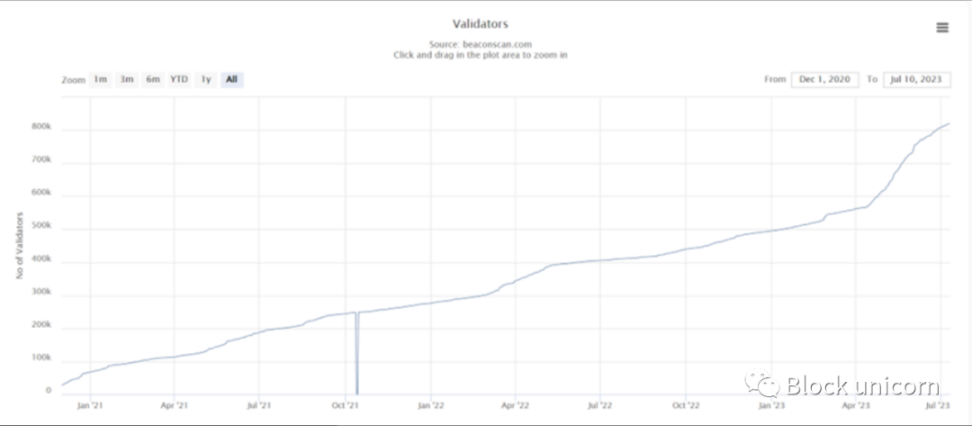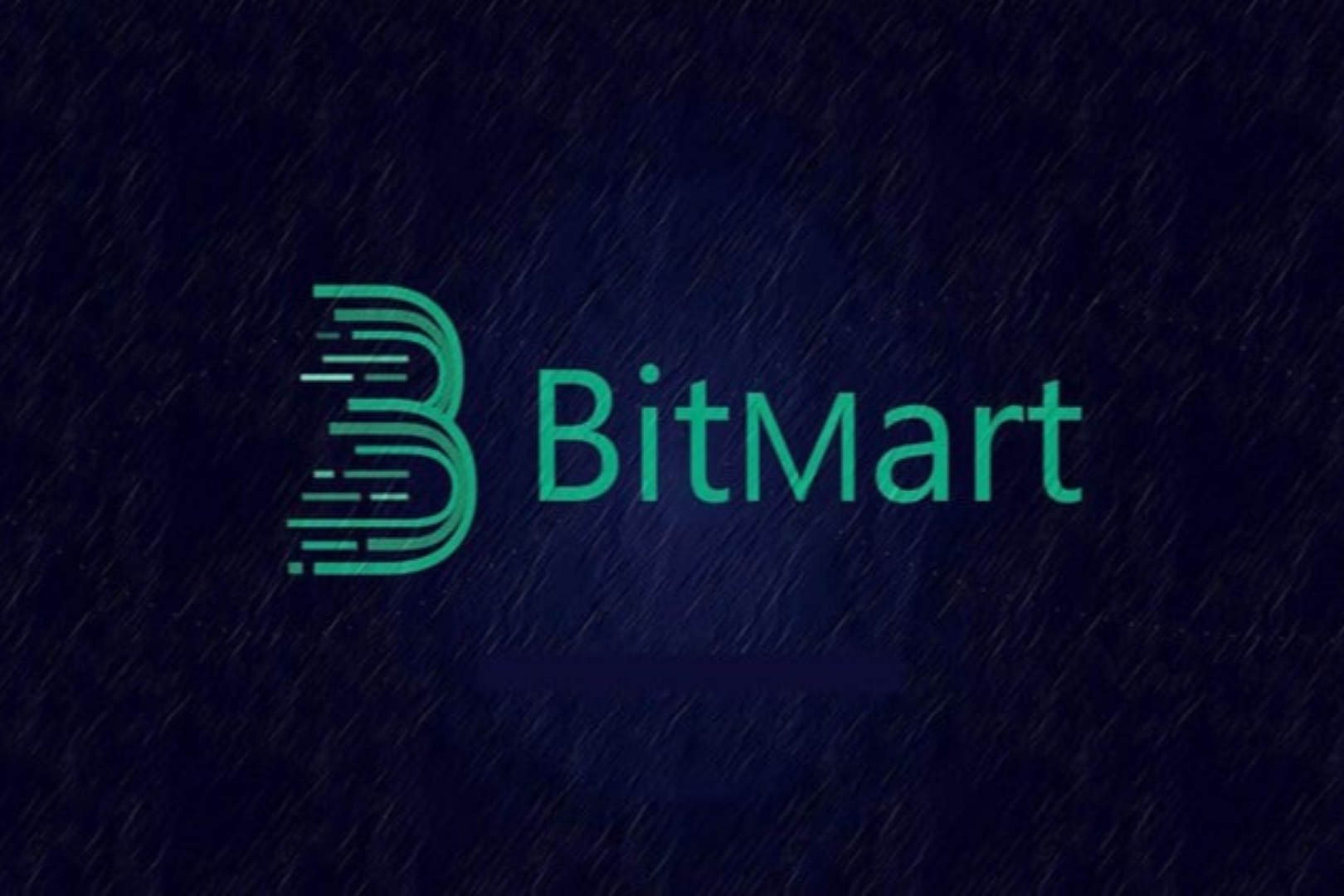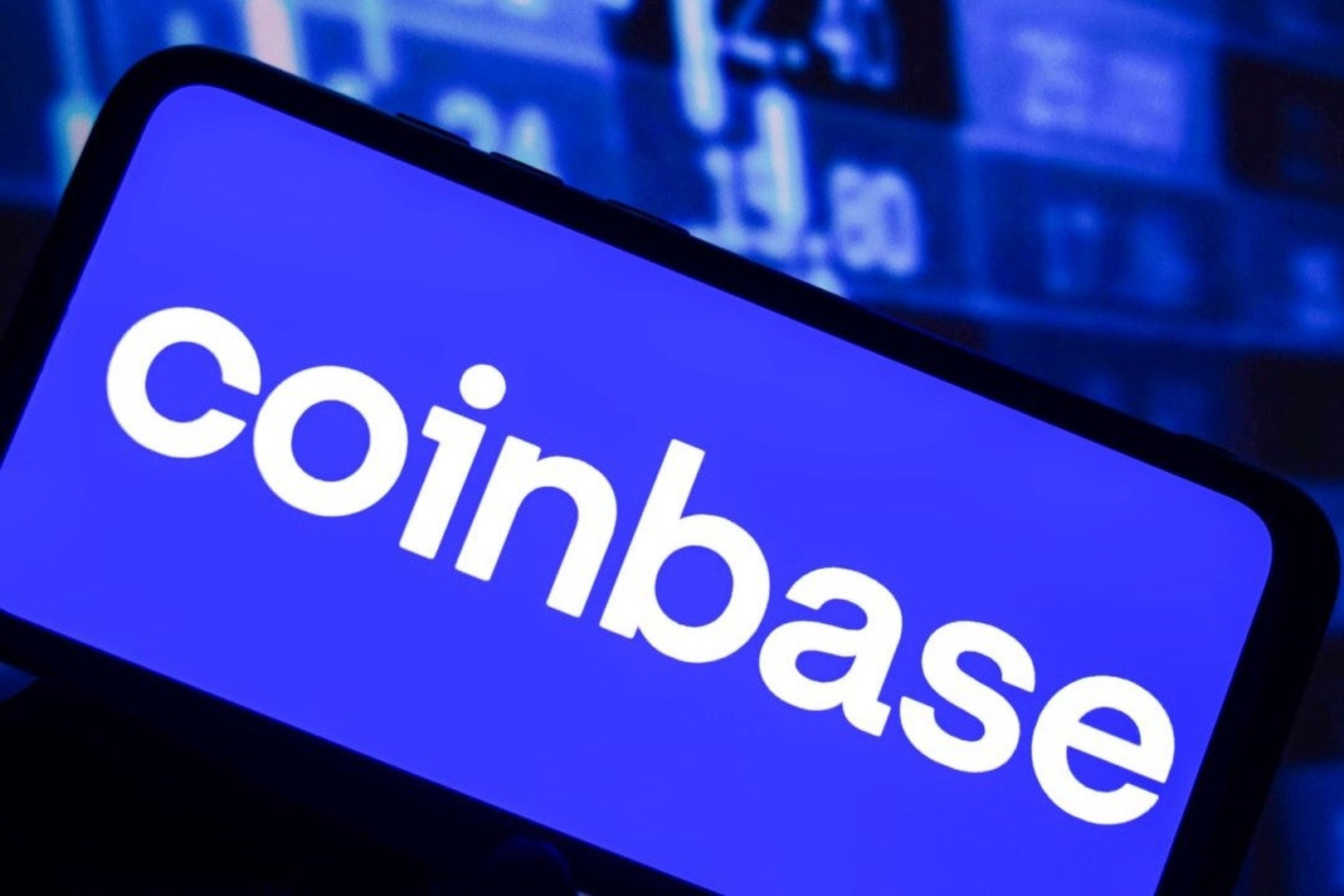Original author: ValHolla
Original translation: Block unicorn

Everyone knows that the Ethereum merger will have a positive impact on DeFi, but in less than a year, it has exceeded the wildest bullish expectations. The most evident example of this can be seen in LSDfi - the DeFi world based on liquidity staking derivatives is constantly evolving. This narrative has been around for a while now, so it's worth exploring where it comes from and, more importantly, where it is heading.
In this article, I will divide the evolution of LSDfi into three stages and take a look at some cutting-edge projects in the field of potential LSD applications. It is certain that there are many things in our vision, and what we see is just the beginning.
Stage One: Liquidity Staking Protocols
Entering 2023, one of the hot areas in the cryptocurrency space is LSD providers like Lido and Rocket Pool. As you may know, these protocols allow users to stake their ETH on smart contracts, and the staked ETH helps secure the network. In return, users receive LSD tokens like stETH or rETH, which represent the liquidity of their staked ETH. The result is a tradable and lendable liquidity token that still accumulates the staking yield of ETH itself.
Earlier this year, many believed that these protocols would benefit from the increase in staking demand, especially after the Ethereum network's staking withdrawals were enabled. It is safe to say that this trend has developed extremely bullishly. Just take a look at the increase in the number of validators:

Similarly, the amount of ETH staked is rapidly increasing:

LSD providers have played a critical role in encouraging users to feel comfortable staking their Ethereum by maintaining the liquidity of the staked tokens. However, the protocols that issued this initial wave of LSD are not the only ones benefiting from it. If you think of these staking protocols as primary beneficiaries of LSDfi, we can delve further into the truth.
Once LSD is released, it is logically necessary to find a way to keep them tied to their underlying assets. The last thing we need is a repeat of last summer's situation when the largest ETH LSD, stETH, became untethered due to forced selling by 3AC and others. Therefore, protocols like Curve and Balancer saw a influx of funds into ETH LSD-related pools, amplifying their TVL.
Currently, Curve's stETH/ETH pool is the most prominent LSD pool in DeFi, with a TVL of approximately $740 million. They also have over $164 million in the frxETH/ETH pool, which is their fifth largest pool on the mainnet.

Balancer - three out of their top four pools on the mainnet are LSD-related, with a TVL exceeding $136 million, accounting for more than 13% of their total TVL.

Looking ahead, we can see that LSD has actually become the largest source of TVL in all of DeFi:

Putting this into context, it is even more impressive: there are now approximately 10 million ETH deposited in liquidity collateralization protocols. This number has grown over 5 times since the beginning of 2022!
During the same time period, almost everything else in DeFi and the broader cryptocurrency universe has collapsed, so if LSDfi has experienced this kind of growth, it clearly must offer some real innovation. With this in mind, let's move on to phase two.
Phase Two: LSD as Collateral
Phase two of LSDfi consists of a series of projects with similar fundamental concepts: users lock LSD in a CDP (Collateralized Debt Position, where collateral is liquidated when the price of the collateral drops), then mint and borrow stablecoins.
You may be tired of seeing stablecoin products supported by new LSD, but don't let the number of protocols using this model diminish its importance. Personally, I think so many protocols are doing this because it's a product that can have amazing effects.
It not only further expands the utilization of LSD, but also contributes much-needed decentralization to the existing stablecoin market. In addition, LSD earns its underlying assets by performing certain tasks (e.g., providing security for PoS blockchains). Staking APR is usually higher than the interest rate paid by most money markets for deposits (unless there are high incentives), so you already have an advantage there. Essentially, using yield-generating tokens as collateral turns each CDP position into a self-repaying loan.
So far, Lybra, Curve, and Raft are the biggest beneficiaries of the second stage.
Lybra
Lybra has now been on CT for several months, and for good reason. Its eUSD stablecoin, backed by ETH and stETH, has reached a market cap of $177 million. Among decentralized stablecoins, only DAI, FRAX, and LUSD have higher market caps.

Furthermore, in less than 3 months, according to defillama data, Lybra has accumulated $345 million TVL, making it the third-largest CDP protocol on Ethereum, second only to MakerDAO and Liquity — an excellent LSD protocol!
Curve
Curve's CRVUSD stablecoin is supported by wstETH, WBTC, sfrxETH, and ETH.
Overall, over $120 million of these assets have been deposited as collateral, but over 80% of it comes from two LSDs on the list (wstETH and sfrxETH).

Therefore, nearly $80 million of crvUSD is now in circulation, having grown over 7 times since June 7th.
Raft
In comparison to the previous two protocols, Raft and its stablecoin R have not been widely discussed and attention has not been given to them compared to other protocols. However, they have still made impressive progress so far. Within a few weeks, Raft's TVL has increased from 1 million USD to 55-60 million USD, with the current data being 57.7 million USD.

So far, over 99% of the support for the R stablecoin comes from stETH collateral. However, they also accept Rocket Pool's rETH as collateral, and there may be more forms of collateral in the future.
Currently, Lido's stETH accounts for the majority of collateral in these second-phase protocols. I believe there are two ways in which this situation may change: one way is that smaller LSD will occupy more market share in collateral.
This will occur in the form of the CDP protocol providing different collateral options, and DeFi users being more willing to purchase smaller LSD and use them as collateral. We have recently seen some projects gaining attention in this field (besides crvUSD), such as Gravita, which accepts both stETH and rETH. So far, Gravita is an exception, as their stablecoin (GRAI) is largely minted using rETH compared to stETH.

The other way is through the most common path for LSD providers. So far, Lido's stETH has captured nearly 75% of the market.

I believe as LSDfi develops, more LSD options will gain market share. In fact, by the end of 2024, I wouldn't be surprised to see stETH's market share drop below 50%. After all, so far, only 17% of the ETH supply has been staked, and less than half of that has come from LSD providers. So, this game is far from over.
Phase Three: Collateral Diversification
So, if Phase 1 is LSD, Phase 2 is LSD-based lending, then what is Phase 3?
Due to the underlying trend of this whole process being the second-largest asset in cryptocurrency, ETH, the natural direction for further expansion is through other composable assets. This can be achieved by using LP tokens, stablecoins, money market deposits (such as Aave's aUSDC), and so on. Just imagine: if you can do everything that Phase 2 protocols like Lybra do with ETH, but with other types of cryptocurrency tokens that you hold or your investment positions in other projects (i.e. your investment shares or equity in other projects), what would happen?
A good example of an emerging DeFi project seeking to implement this strategy is Seneca. While their product has not been publicized yet, they are building a protocol that will be able to unlock credit for various types of DeFi users.
Although you can achieve decent returns through LP tokens, LSD, deposit receipts, and so on, there is always a quest for higher and higher capital efficiency. Seneca will enable these tokens to be used as collateral for their native stablecoin, senUSD. This way, liquidity is unlocked while collateral holders can still earn yield on their assets.
Another project that is pioneering in this area is EraLend, the precursor to the zkSync money market.
EraLend has several features that make it stand out. Firstly, they are already in the process of executing Phase 3 by accepting SyncSwap's USDC/WETH LP tokens as collateral. This could be the first of many alternative assets used as collateral on EraLend - the catalyst for expansion is their upcoming P2P lending product. Not much is known about this product yet, but I believe anyone may potentially use any type of token (LP tokens, LSD, debt receipts, NFTs, etc.) as collateral.
EraLend has gained momentum in recent weeks as their TVL has skyrocketed from $3.9 million on June 1st to $24.35 million (latest data from their official website, defillama data lag):

With the rise of zkSync narrative, this is definitely a project worth watching - in fact, it ranks third in terms of TVL on zkSync.
Finally, another interesting feature of EraLend is that any token can be used to pay for gas, hinting at the potential future realization of account abstraction for this young protocol.
Even if you are certain that Tether and Circle have the assets they claim to have, the ideal scenario would be to see a native DeFi stablecoin with a traceable on-chain collateral (without excessive exposure to traditional stablecoins) eventually replace them as the leader. At this point, the most obvious way to do that is to create a model like Seneca.
Looking into the future, a partial reserve system in DeFi is necessary because it allows for more with fewer resources. In fact, I would argue that DeFi can easily optimize for such a system. First, code is law in DeFi, meaning parameters like collateral restrictions are fixed and cannot be adjusted in special cases. Additionally, unlike traditional finance, DeFi is inherently composable, making it easier to integrate new forms of assets and provide use cases for these assets. DeFi is also inherently transparent, making use cases like LSD- and LP-backed stablecoins more attractive compared to traditional stablecoins like USDT and USDC.





